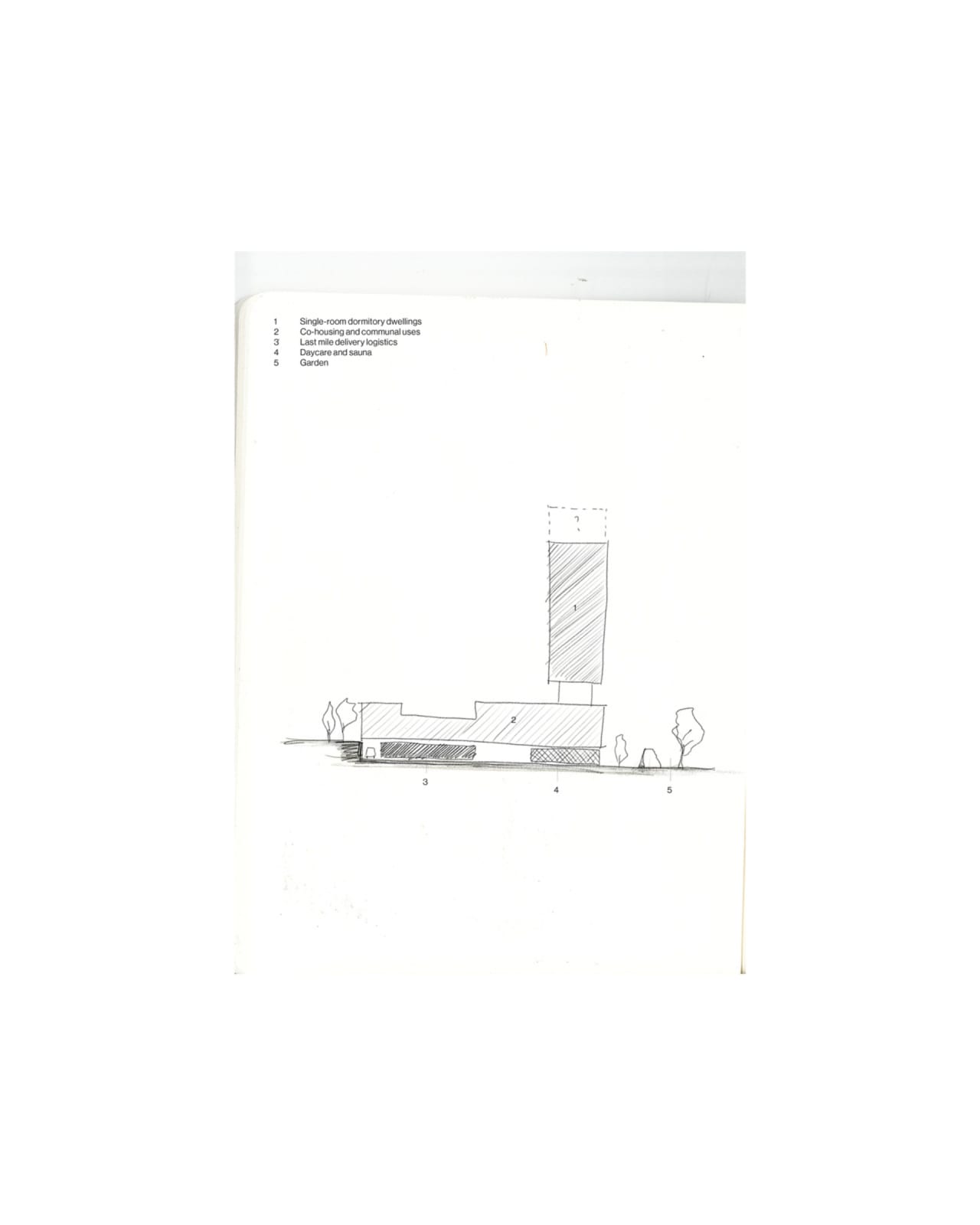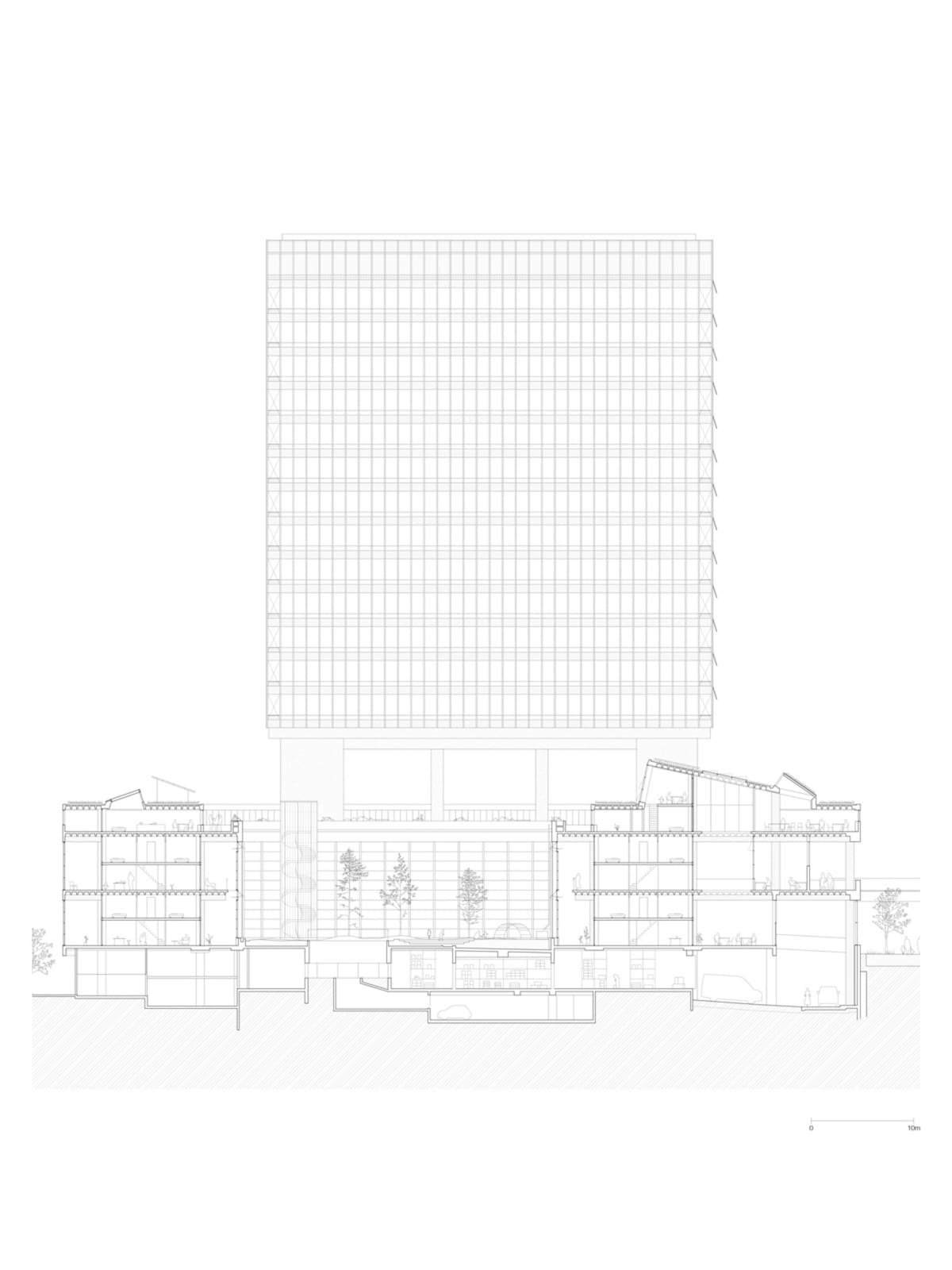Noriyuki graduated in architecture at the Royal College of Art and The Bartlett School of Architecture, UCL. His projects at the RCA are committed to reuse and approaches to sustainability, where architecture and environment are seen as equivalent. Prior and throughout his studies, he has worked in practice on a number of cultural projects at 6a architects.
Noriyuki Ishii


Critical Comfort negotiates the space between minimum comfort and the ceiling of the critical zone within which life on earth depends. The project reimagines instead of demolishing an existing building in the City of London as communal housing, saving energy by questioning the normative conditioning of interiors and cultural preconceptions of thermal comfort. Heating and cooling is considered foremost as an anthropological issue through use and habit, beyond a purely technical necessity of buildings. Expanding the sealed envelope fed by machines, the proposal follows a logic of heating less and bringing the thermal line closer to inhabitants, where thermal conditions may start to determine alternative, more thrilling ways of living, one that is closer to the joys of weather.














